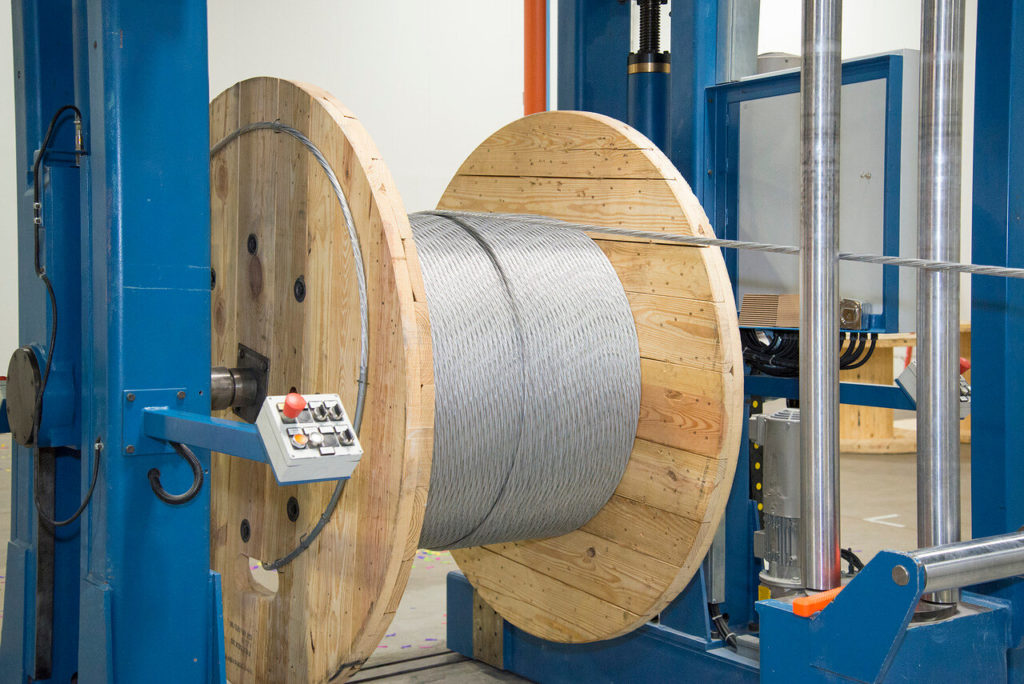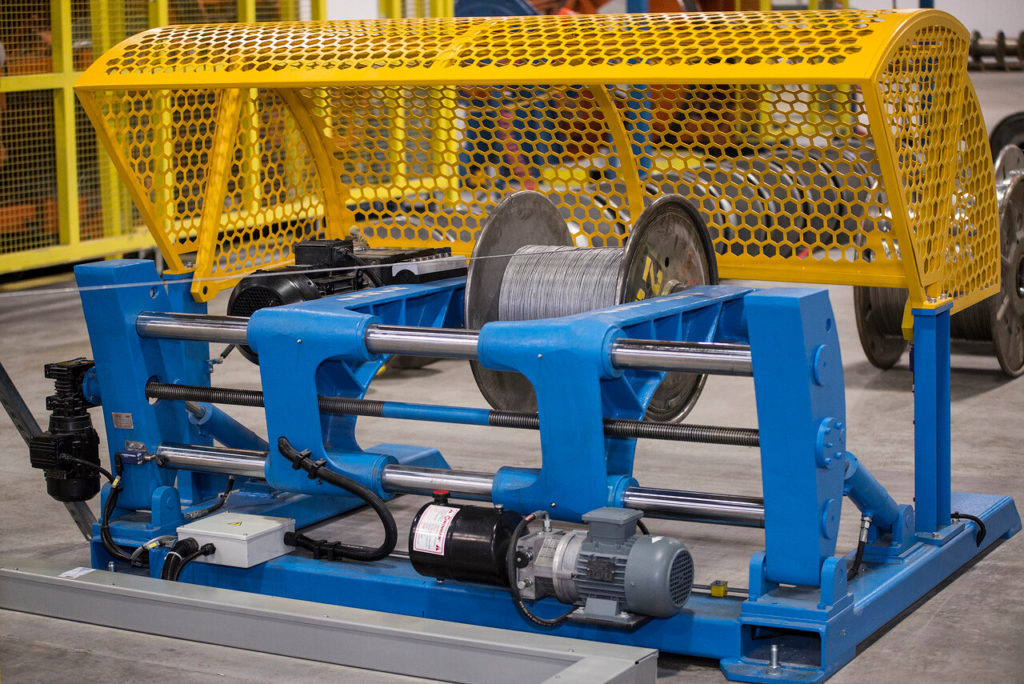InSky OPGW
Used by electric utilities on transmission lines with the voltage of 35 kV and higher for creating optical communication lines and protecting the power lines from lightning strikes.
InAir ADSS
Applied for aerial installation on distribution and power transmission lines for building long distance optical communication systems.
Specialty Cable
Used for distributed fiber optic sensing in different applications.
InFire Rated
Used for indoor and outdoor applications where fire resistance is a must. Remain functional under direct flame for at least 180 minutes.
InDuct
Applied in ducts, conduits and trays with no risk of rodent attacks. Can also be lashed.
InArmor
Designed for high reliability in harsh environments with potential mechanical impact. Applied in all ground types, swamps, and harsh rivers.
BlownIn
Designed for air blowing in ducts and microducts for building reliable underground communication networks.
InWater
Designed for underwater application with increased crush and tensile loads.
InAir Figure 8
Used for cost-effective one-step aerial installation mostly in rural areas where the spans between poles are not long .
InControl
Applied in substations for control purposes.
InHome FTTH
Used to create communication lines between the common distribution box and a location inside the building (including vertical runs), between entrances or corridors in office buildings.
InDrop FTTH
Applied for aerial installation on transmission towers, lightning poles, between buildings and structures for communication networks in rural areas.
«Quality means doing it right when no one is looking».
Henry Ford
Quality is in the heart of everything we do.
Our quality policy is implemented through:
— 100% step-by-step quality control;
— сonducting of bidirectional OTDR control at the phase of final inspection, all OTDR traces are saved;
— in-house Test Center;
— high-quality materials;
— quality management system is recognized as both effective and ISO compliant by TÜV Thuringen;
— software to select the right type of fiber optic cable, reel dimensions, and the optimal arrangement of reels on trucks and in containers;
— software for aerial cable calculations: OPGW and ADSS;
— calculation of power line electromagnetic fields;
— continuous customer feedback;
— Quality policy.



Step-by-step quality control
Quality Control employees carry out stringent control at all stages of the manufacturing process, including:
— incoming control of materials;
— measuring parameters of each optical fiber;
— control of fiber length in loose tubes;
— verification of compliance with the design requirements;
— check of resistance and tightness of the jacket (for armored cables);
— control of marking and packing.
Our line operators control the dimensions of the products throughout the manufacturing process. We use advanced high-precision control and measurement equipment:
— Yokogawa AQ7260 Optical Time Domain Reflectometer;
— Ando AQ6319 Spectrum Analyzer;
— PK2500 Optical Spectrum Analyzer;
— PK2400 Fiber Geometry System;
— EXFO FTB-400 Universal Test System;
— Zumbach Geometry Testers;
— Photon Kinetics OTDR;
— BOTDA/BOTDR fibrisTerre.
All measurements are recorded and analyzed for further quality improvement.
Test Center
Our Test Center is equipped according to the latest industry standards to conduct type approval and periodic mechanical and environmental resistance tests per IEEE 1222, IEEE 1138, and IEC 60794-1-2 (water penetration, temperature cycling, high humidity, vibration, stretching, bending, torsion, crush, compression). Before the launch into production, operators conduct a double independent check according to specially designed checklists.
Feedback
In order to meet the world’s highest quality standards, we continuously monitor feedback from our customers. For comments and suggestions, please, contact us — support@incabamerica.com

